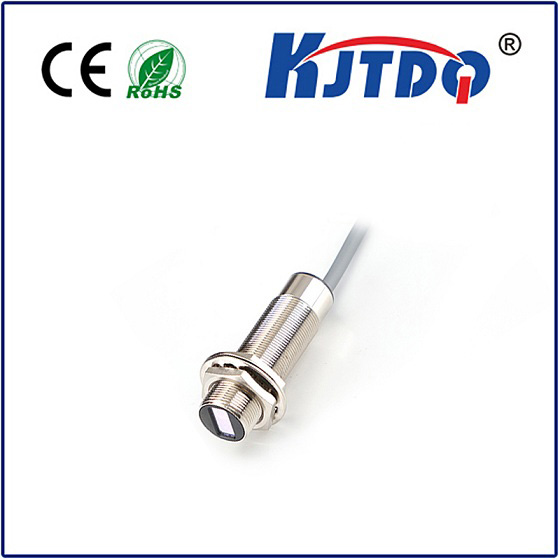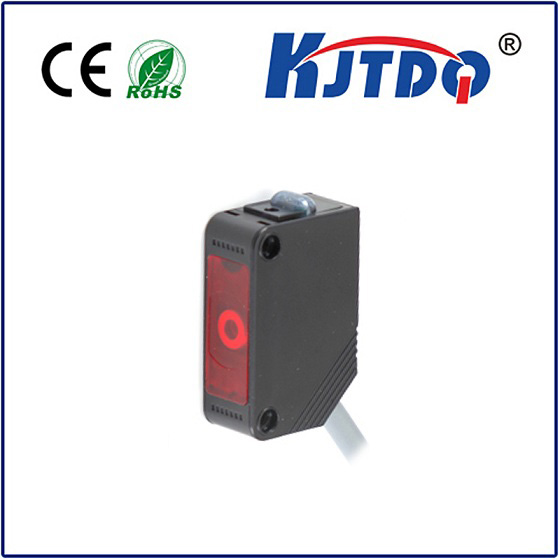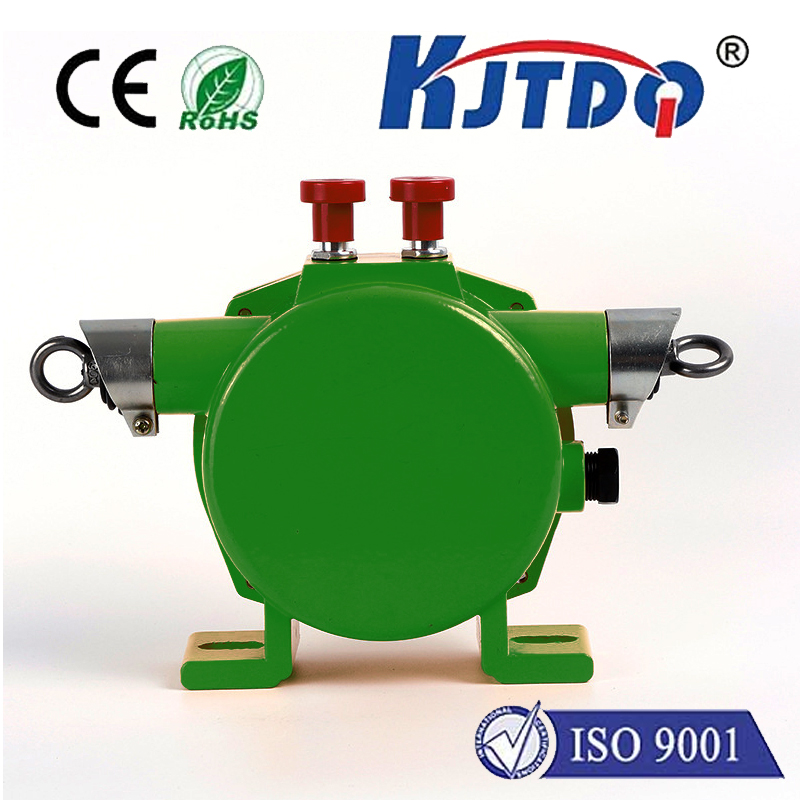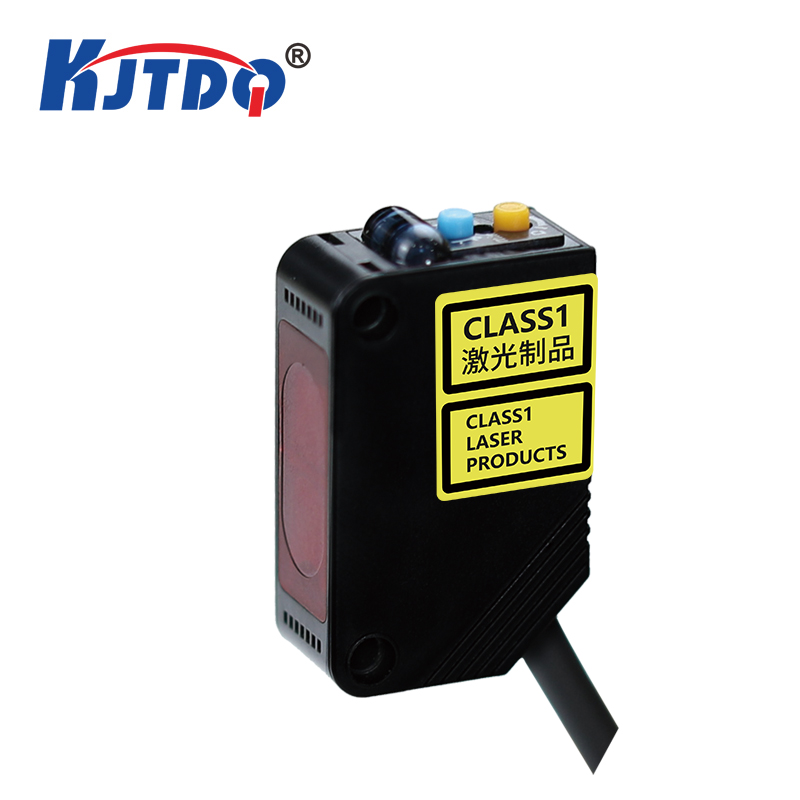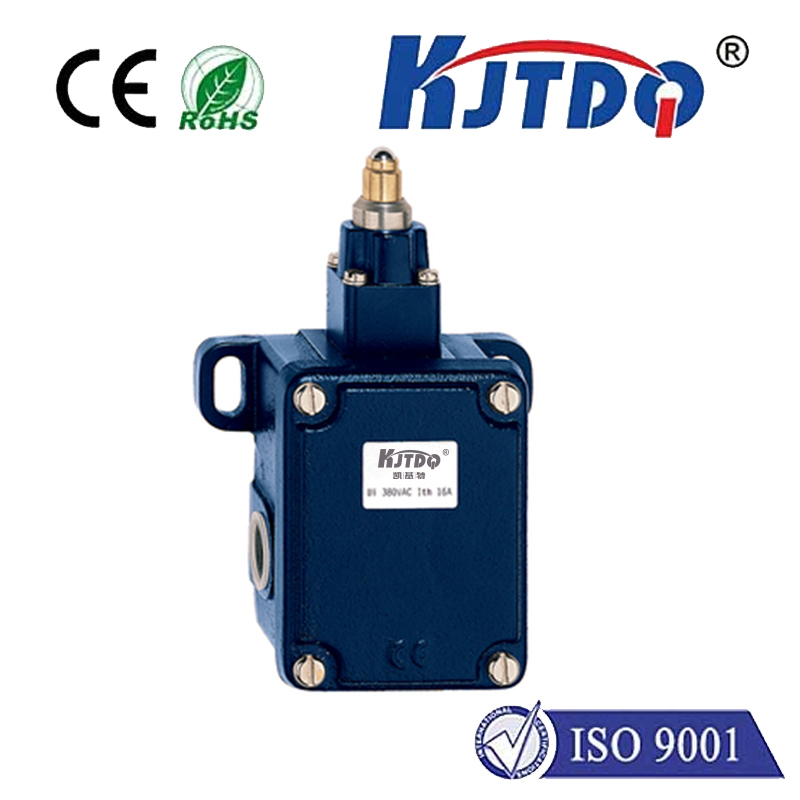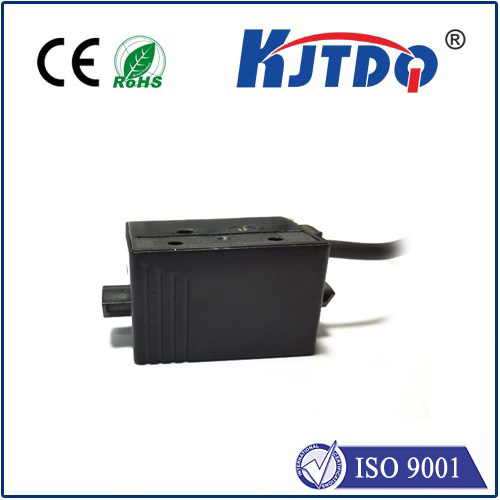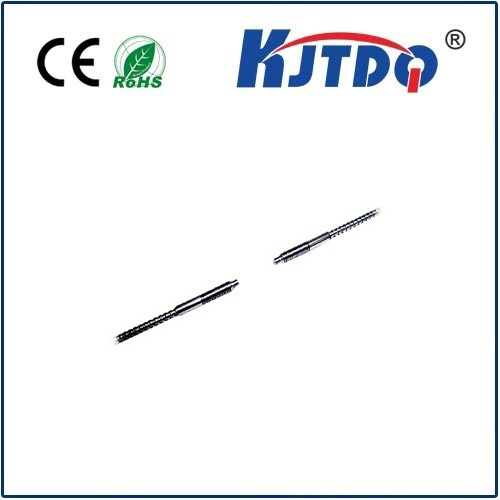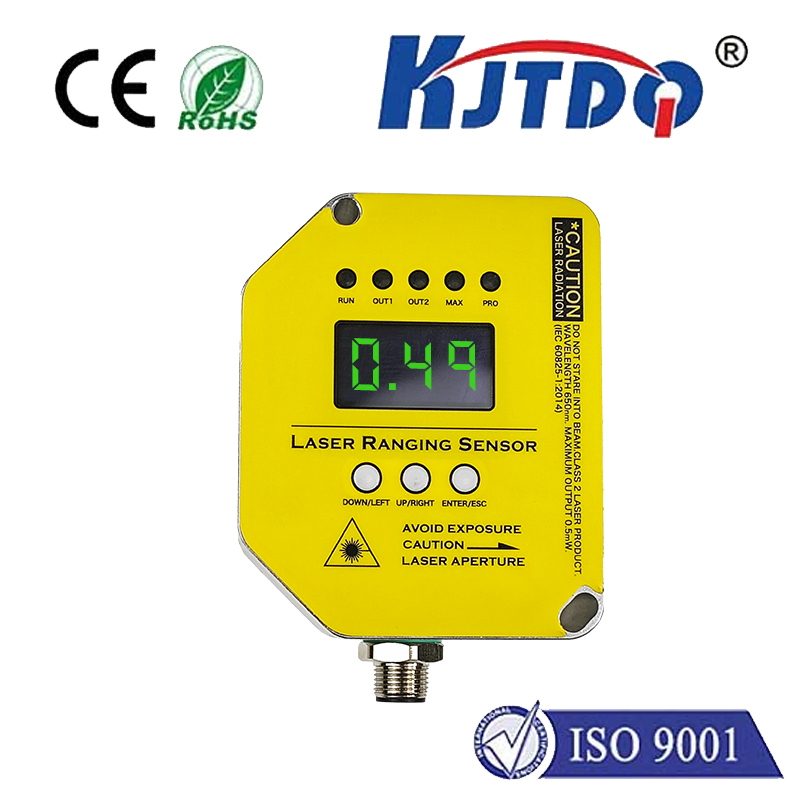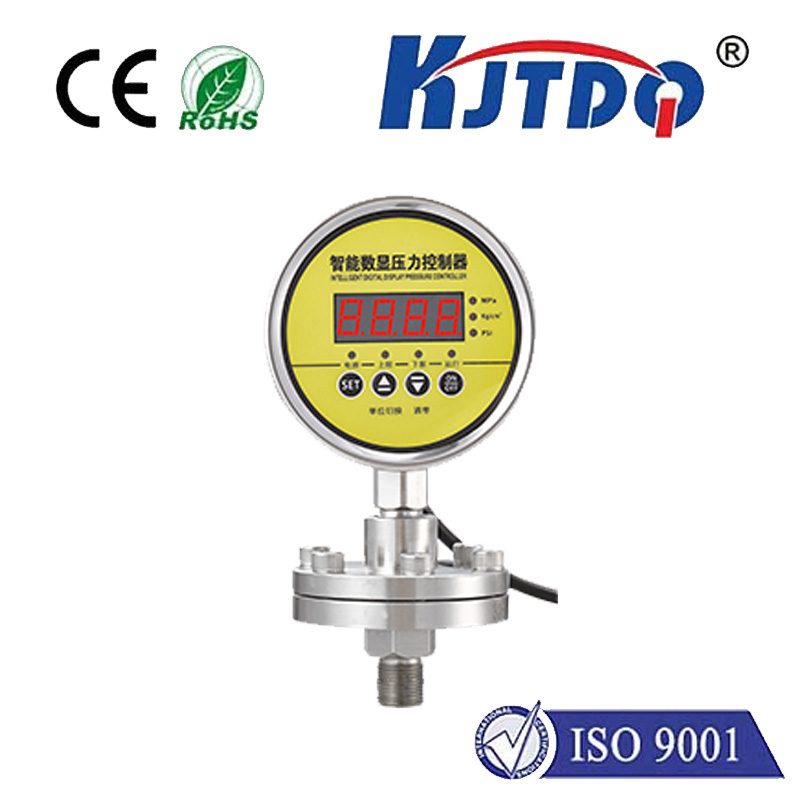proximity sensor capacity type
- time:2025-09-07 02:50:19
- Нажмите:0
Unlock Precision Detection: How Capacitive Proximity Sensors Work & Where They Excel
Imagine a machine seamlessly filling bottles on a high-speed production line. It needs to know exactly when a bottle is perfectly positioned, even if that bottle is made of plastic, glass, or contains liquid. Or picture a touchless soap dispenser activating only when a hand is present, regardless of dirt or moisture. Capacitive proximity sensors are the silent heroes making this precision, non-contact detection possible across countless industries. But what makes them tick, and why choose them over other detection methods? Let’s delve into the world of the capacity type proximity sensor.
At its core, a конденсаторный датчик приближения operates by detecting changes in an electrical property called capacitance. Unlike inductive sensors, which rely on magnetic fields and primarily detect metals, capacitive types generate an electrostatic field from their sensing face. This field extends into the surrounding area.
Here’s the fundamental principle:
- The Capacitor Concept: Every capacitor consists of two conductive plates separated by a dielectric (insulating material). The sensor itself acts as one plate. The ground or a nearby grounded object often acts as the other plate. Air is typically the initial dielectric.
- Field Generation & Disruption: The sensor’s internal oscillator generates an electrostatic field emanating from its active surface. When any material (target object) enters this field, the capacitance changes.
- Sensing the Change: The sensor constantly monitors this capacitance. If the change exceeds a pre-set sensitivity threshold, the sensor triggers its output signal.
Inside the Sensor: Key Components
Understanding its construction clarifies its operation:
- Sensing Electrode: This is the conductive element at the face of the sensor, responsible for emitting the electrostatic field. Its size and shape influence the sensing range and field pattern.
- Oscillator Circuit: Generates the high-frequency electromagnetic field that establishes the sensing zone.
- Detection Circuit: Continuously measures the capacitance changes caused by objects entering the field. This circuit is highly sensitive to minute shifts.
- Output Stage: Converts the detection signal into a usable output state (e.g., switching a relay or transistor) to control machinery or signaling devices.
- Housing: Protects the internal electronics from environmental factors like moisture, dust, and chemicals. Materials are chosen to minimize interference with the sensing field.
Why “Capacity Type”? What Makes it Unique?

The term “capacity type” directly refers to the sensor’s reliance on detecting changes in capacitance – its electrical capacity to store energy. This fundamental detection mechanism sets it apart:
- Material Agnosticism: This is the defining advantage. Unlike inductive sensors (metals only) or magnetic sensors (ferrous only), capacitive sensors can detect virtually any material, as long as it possesses a dielectric constant differing sufficiently from air. This includes liquids, plastics, glass, wood, granular materials, powders, ceramics, and biological matter.
- The Role of Dielectrics: All materials have a dielectric constant (permittivity), a measure indicating how much electrical energy they can store relative to a vacuum. When a target enters the electrostatic field:
- If the target is conductive (metal, water), it behaves like the second plate of a capacitor, significantly increasing capacitance.
- If the target is an insulator (plastic, wood, oil, grain), its higher dielectric constant compared to air alters the field, also resulting in a measurable capacitance change.
- Environmental Sensing Capabilities: Due to their sensitivity to dielectric properties, they excel at tasks like level detection inside containers (liquid in plastic tanks, grain in silos), detecting presence through non-metallic walls, or monitoring fill levels of bulk solids.
Where Capacitive Proximity Sensors Shine: Key Applications
Their unique ability to sense non-metals opens doors to diverse uses:
- Liquid & Granular Level Control: Detecting fill levels in tanks made of plastic, glass, or ceramic containing water, oils, chemicals, grains, powders, or pellets. Crucial in food & beverage, pharmaceuticals, and chemical processing.
- Object Detection Through Barriers: Sensing objects inside containers, through conveyor belts, or behind plastic covers/casings. Essential for packaging lines and material handling.
- Presence Detection of Non-Metallics: Confirming the presence of plastic parts, glass bottles, cartons, wood panels, or bags on assembly lines.
- Touch Interfaces & Human Proximity: Used extensively in touchscreens (phones, tablets, ATMs) and human proximity detection (automatic faucets, soap dispensers, touchless switches).
- Moisture/Humidity Sensing: Their sensitivity to water content makes them suitable for detecting condensation, leaks, or moisture levels in materials like soil or paper.
Advantages & Considerations
Capacitive proximity sensors offer compelling benefits but have limitations to respect:
Преимущества:
- Detect Diverse Materials: Metals, plastics, liquids, wood, powders, organic matter.
- Non-Contact & Wear-Free: Ideal for delicate objects or harsh environments.
- Sensing Through Non-Metallic Walls: Enables level control without penetration.
- Relatively Insensitive to Target Surface Conditions: Dirt, water, and oil generally have less impact than on optical sensors. Some offer flush mounting capability.
- Solid-State Reliability: No moving parts.
Considerations:
- Sensitivity to Environment: Can be affected by high humidity, condensation, dust build-up on the sensor face, or even strong electromagnetic interference if not shielded properly. Careful installation location is key.
- Limited Sensing Range: Compared to ultrasonic or some optical sensors, typical ranges are shorter, often millimeters to a few tens of millimeters.
- Adjustable Sensitivity Often Required: Needs tuning to ignore background materials (like the container wall) and only detect the target within the desired range. Potentiometer adjustment is standard.
- Potential for False Triggers: Objects with unexpectedly high dielectric constants near the sensor (which weren’t accounted for during calibration) can cause unintended activation.
Choosing the Right Tool: Capacitive vs. Other Proximity Types
The choice hinges entirely on what needs detecting and the environment:
- Capacitive: When detecting non-metals (liquids, plastics, organic materials) or metals through barriers is essential.
- Inductive: The most cost-effective and reliable solution for detecting ferrous and non-ferrous metals at close range. Immune to many environmental factors.
- Ultrasonic: Best for longer range detection (centimeters to meters) of almost any material, and measuring distance/level. More sensitive to environmental noise and temperature shifts.
- Optical: Excellent for long range and detecting small objects, but performance degrades with dirt, dust, fog, or target color reflectivity.
Harnessing the Power of Capacitance
The конденсаторный датчик приближения, defined by its capacity type detection core, is an indispensable tool in modern automation and interaction. Its unique ability to “see” beyond metals, interacting with the fundamental dielectric properties of nearly any material, grants it unparalleled flexibility. From ensuring precise bottle filling to enabling touchless hygiene and safeguarding silos from overflows, capacitive sensing technology provides robust, non-contact solutions where other methods fall short.

